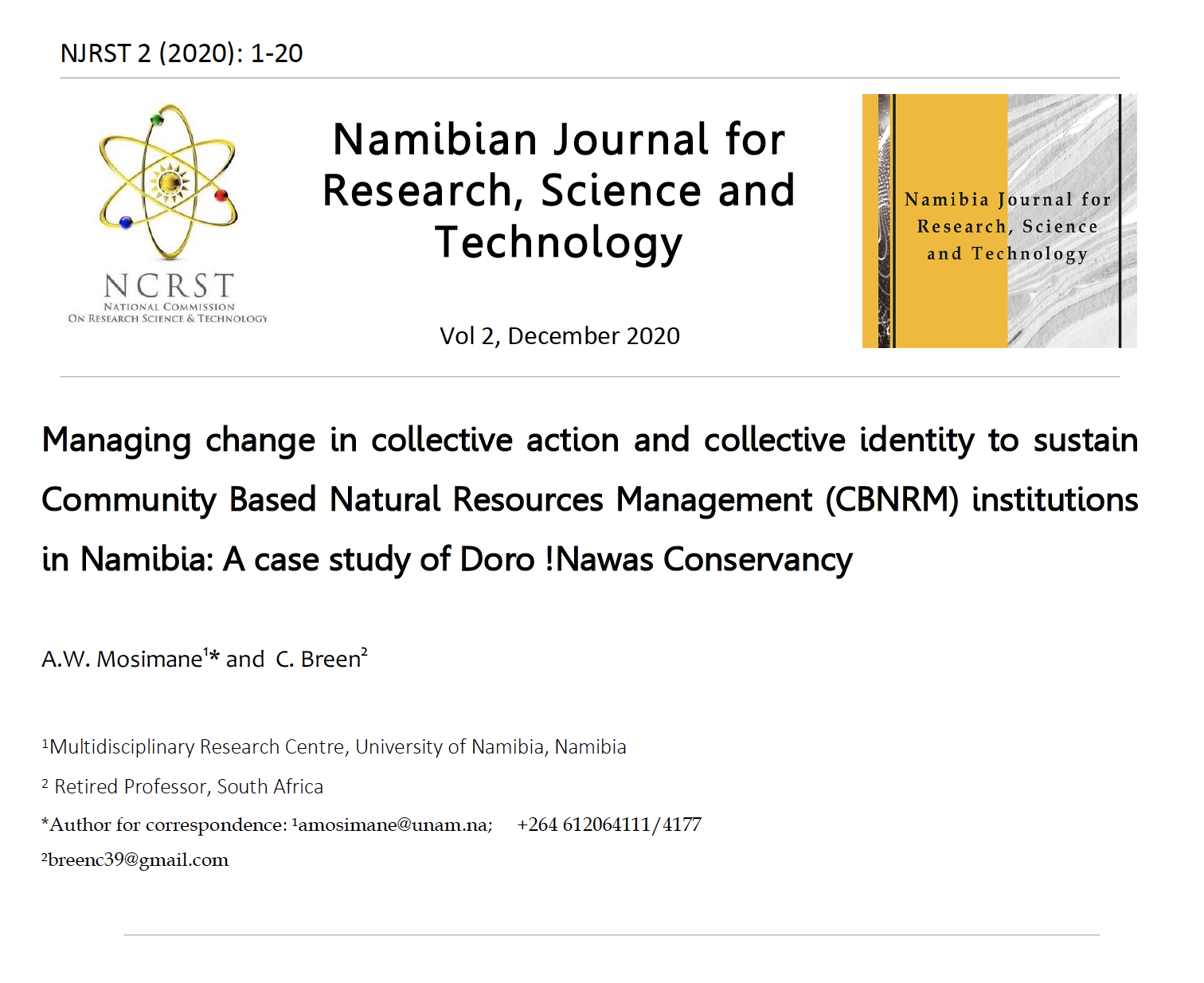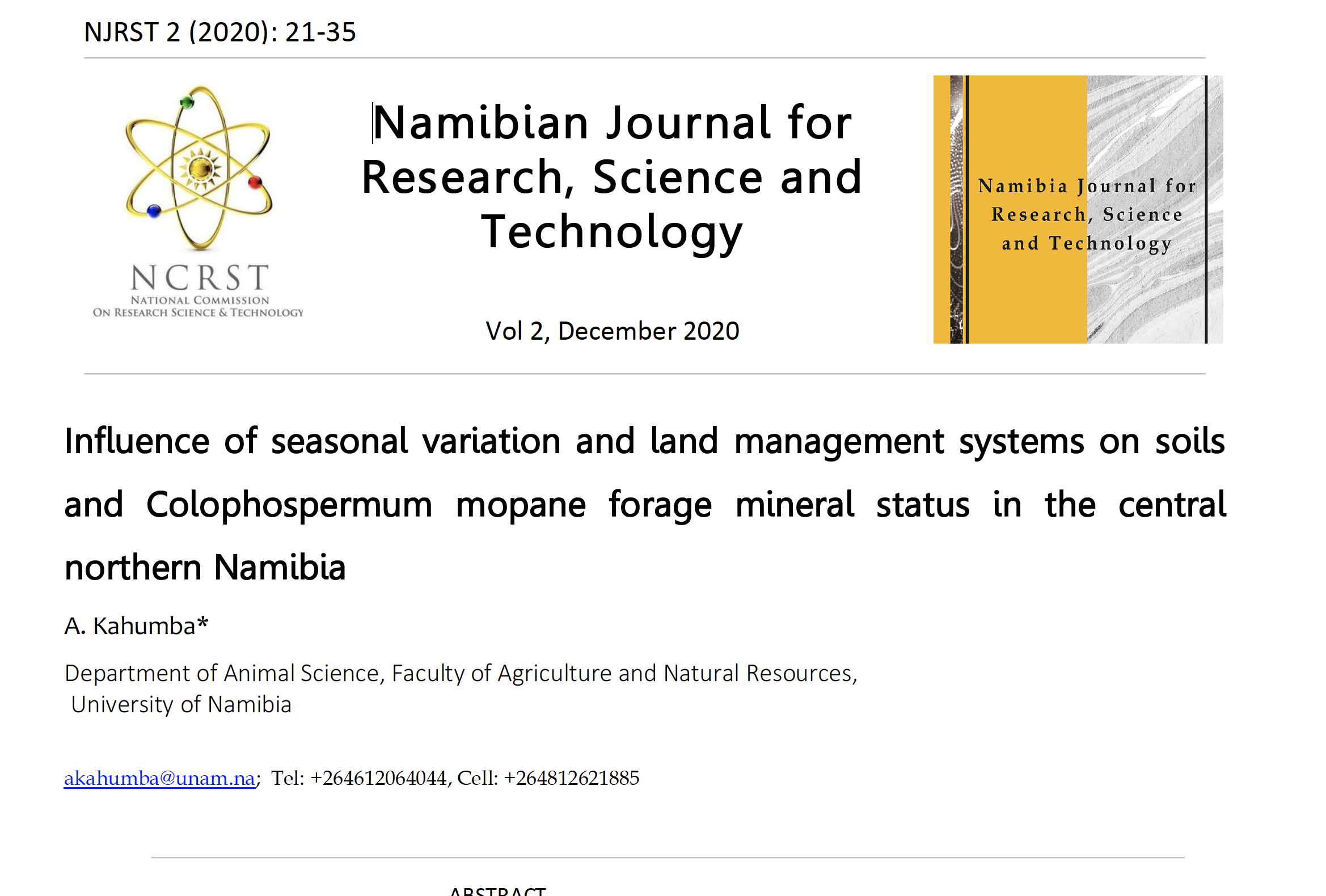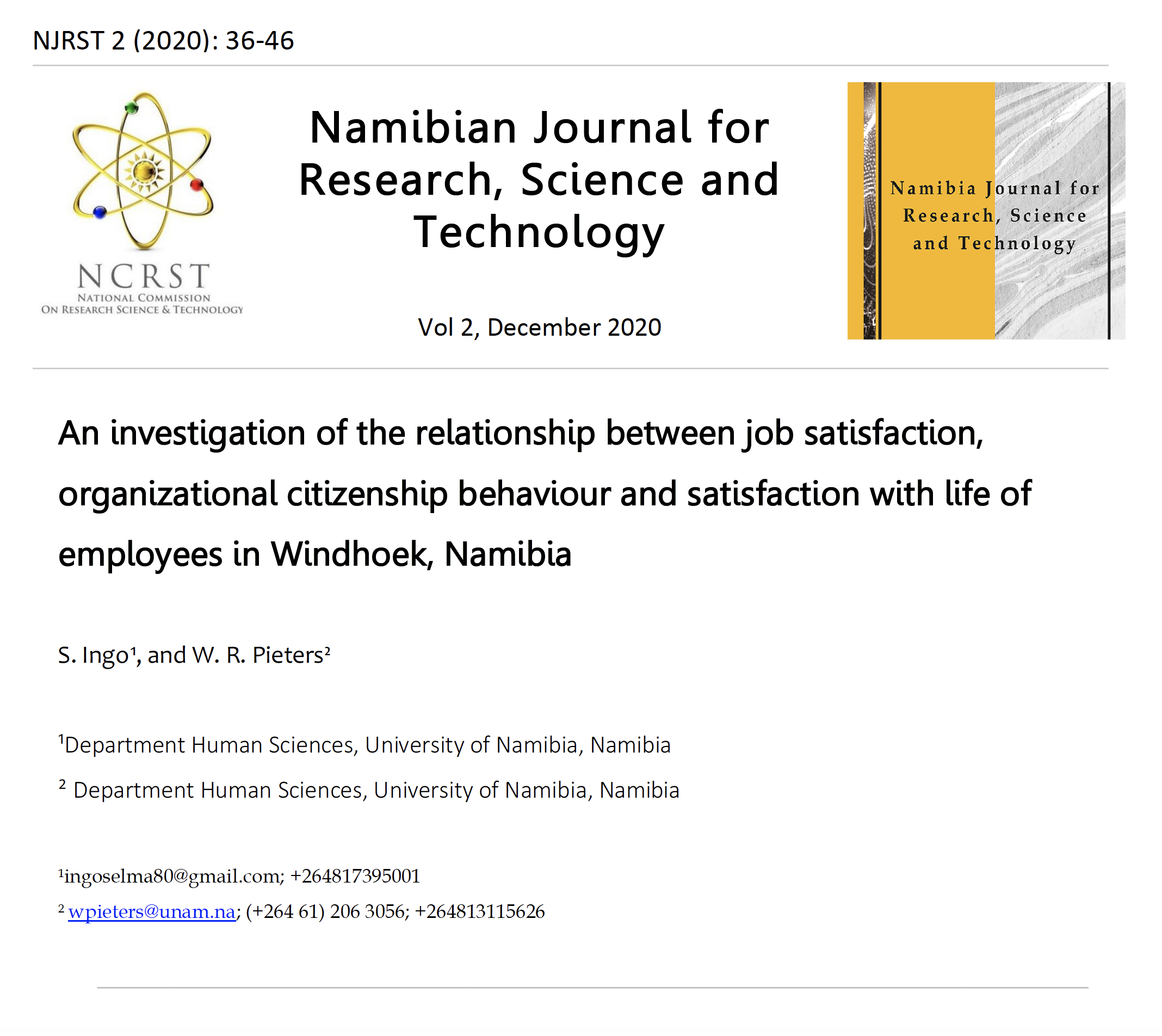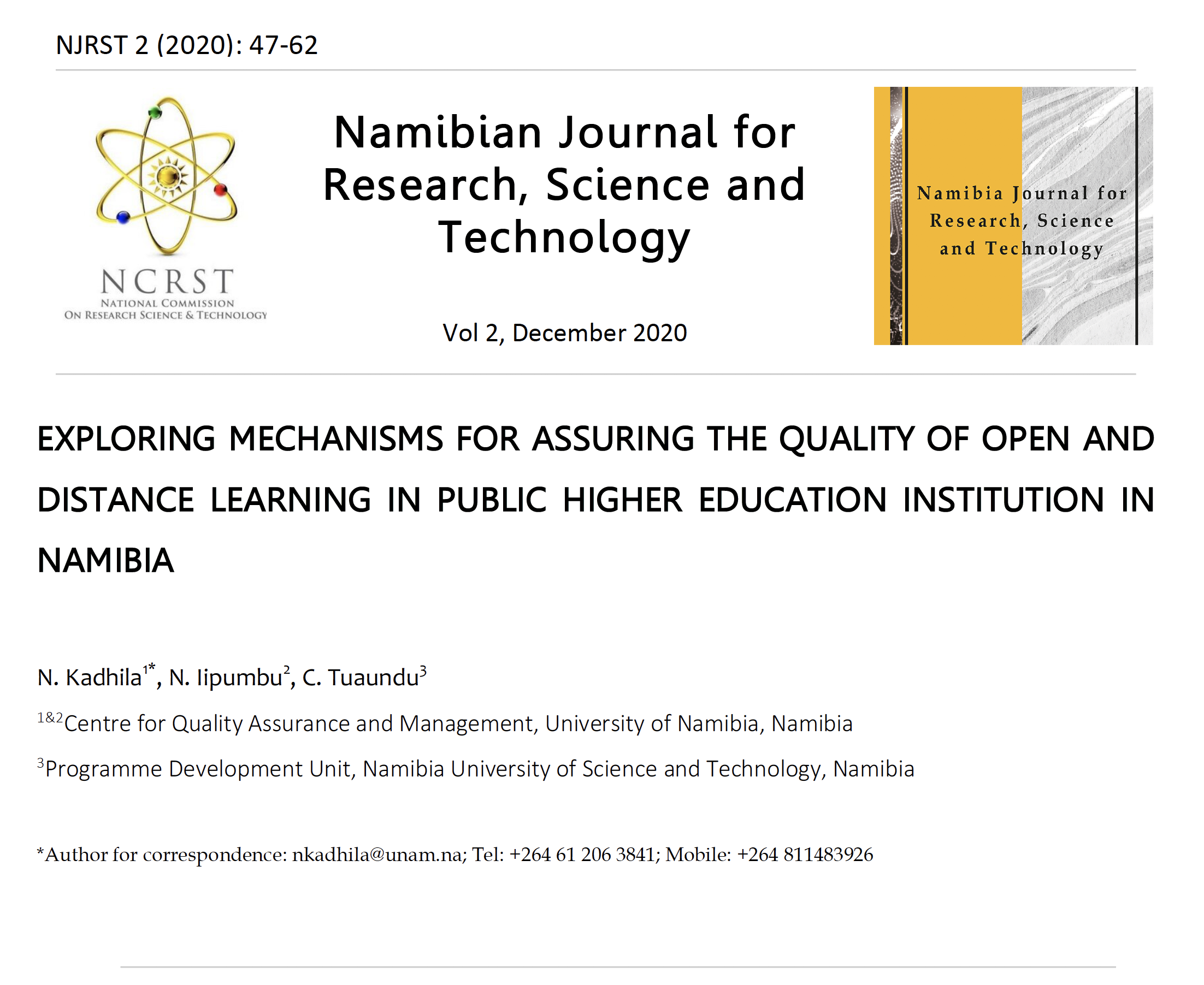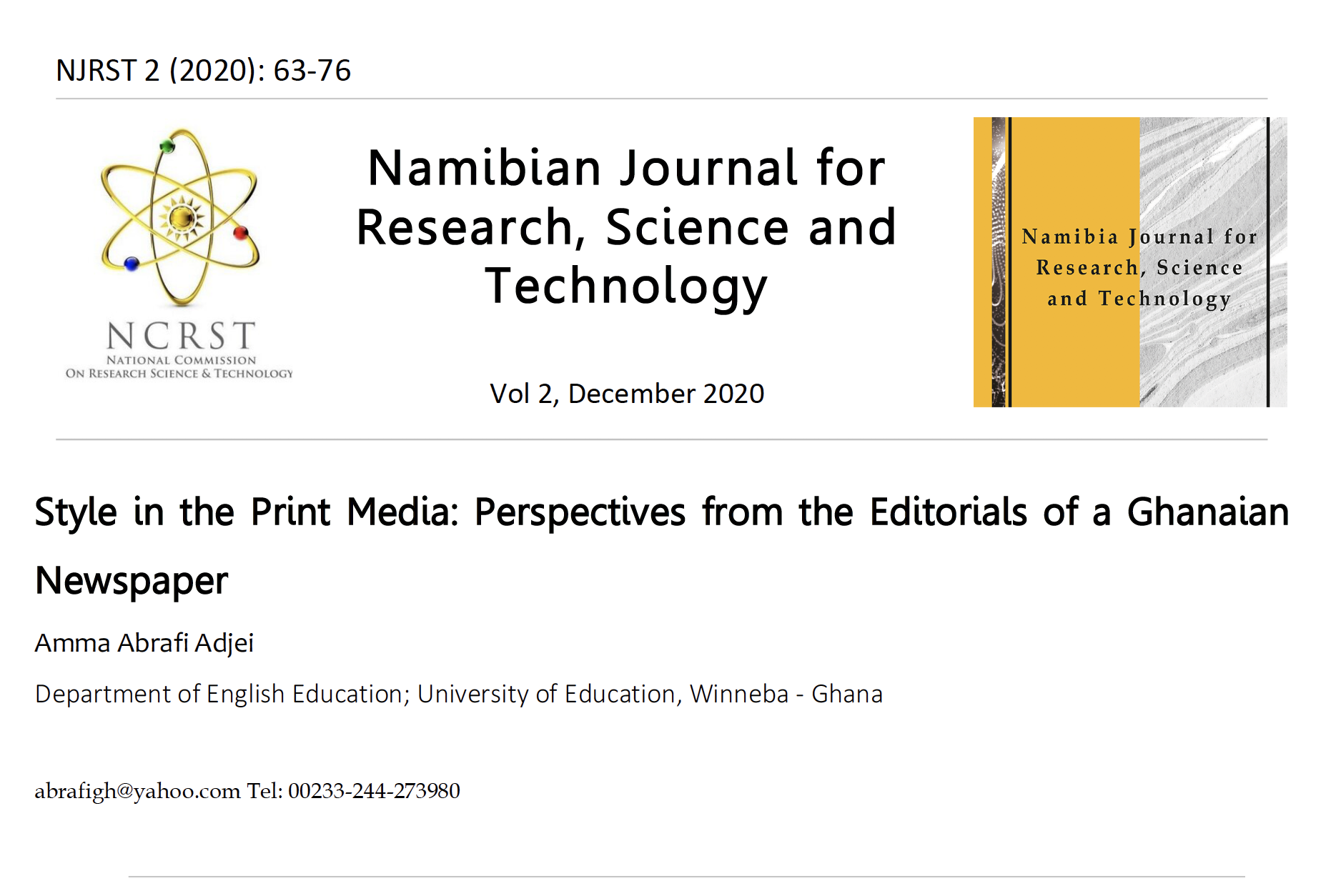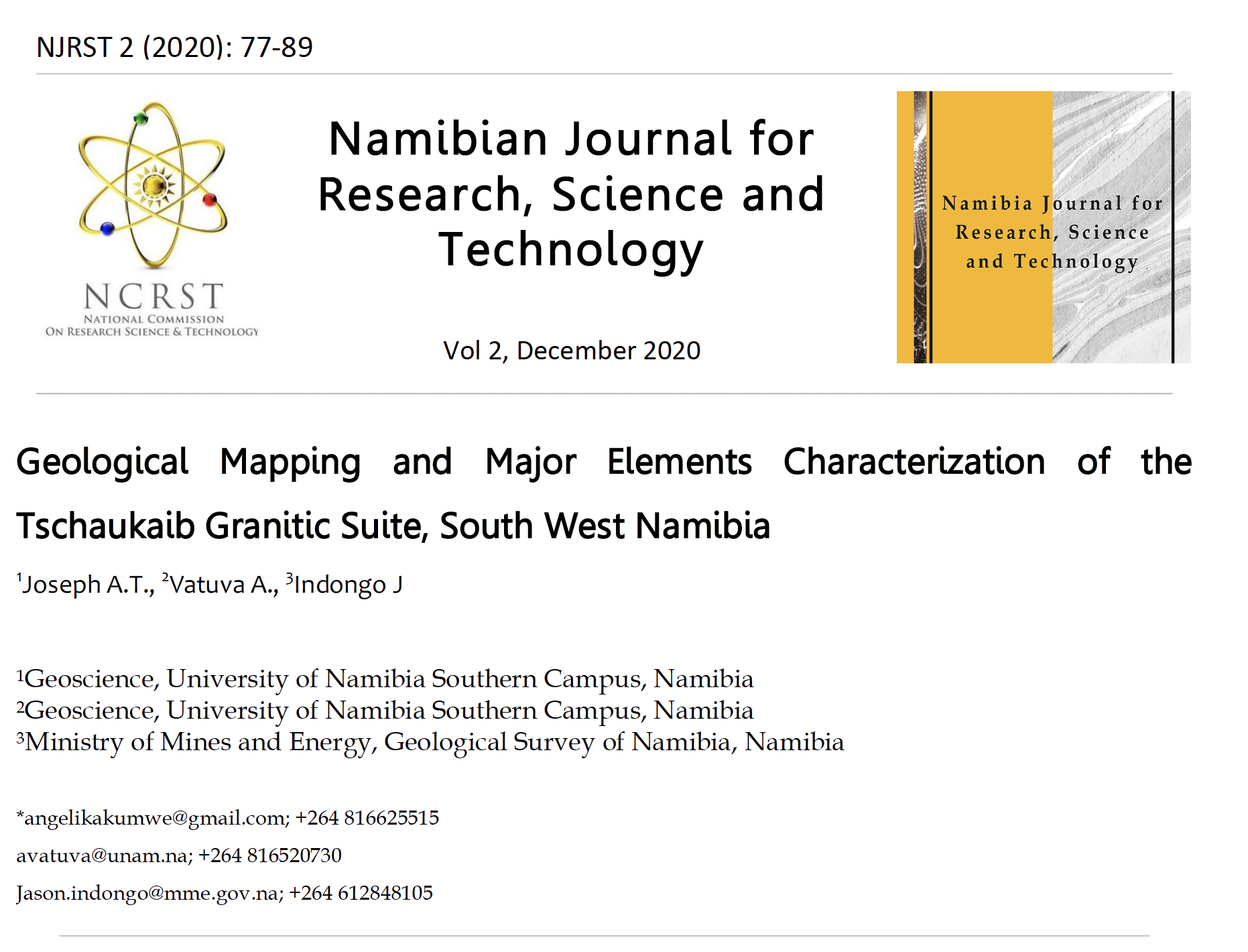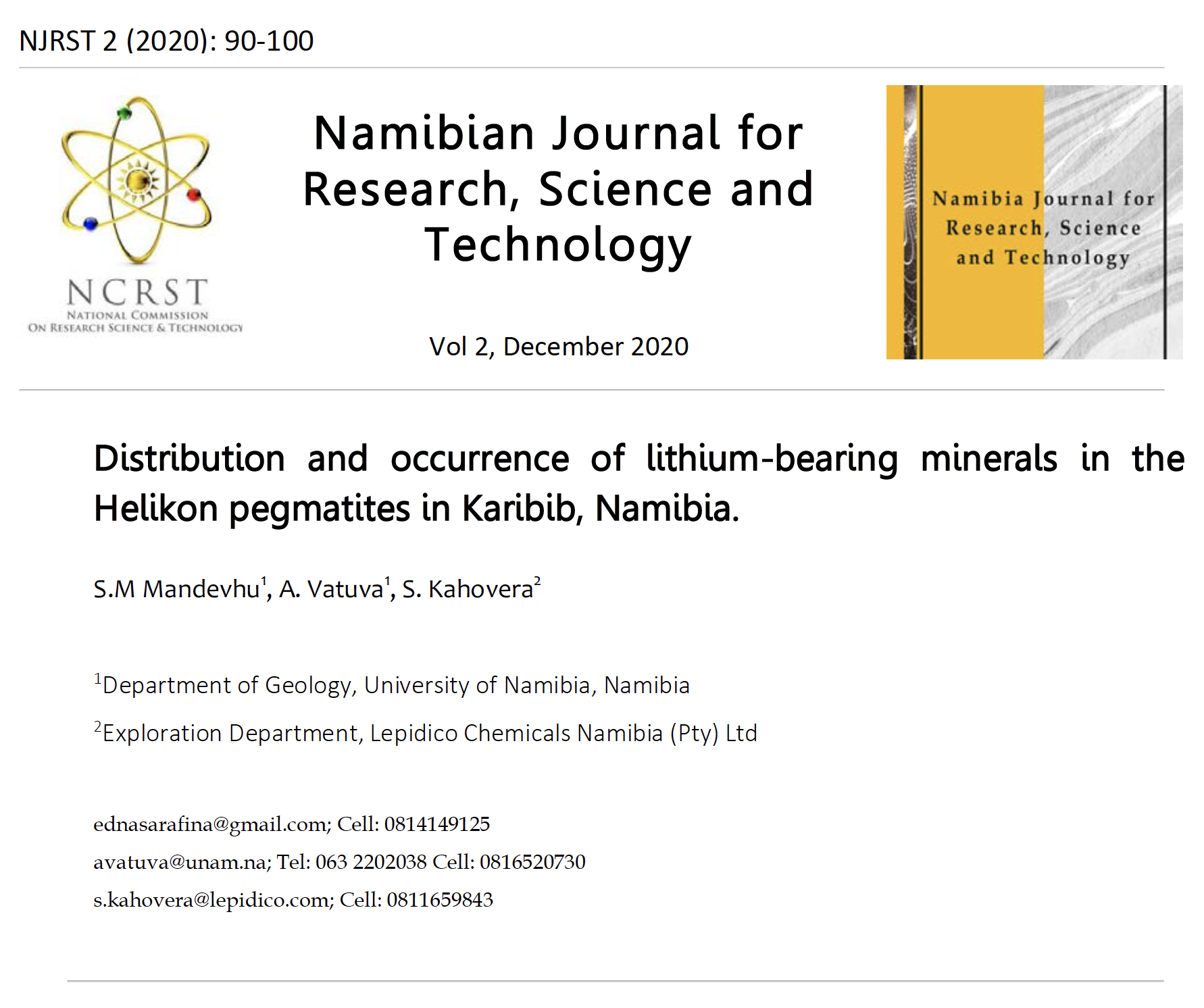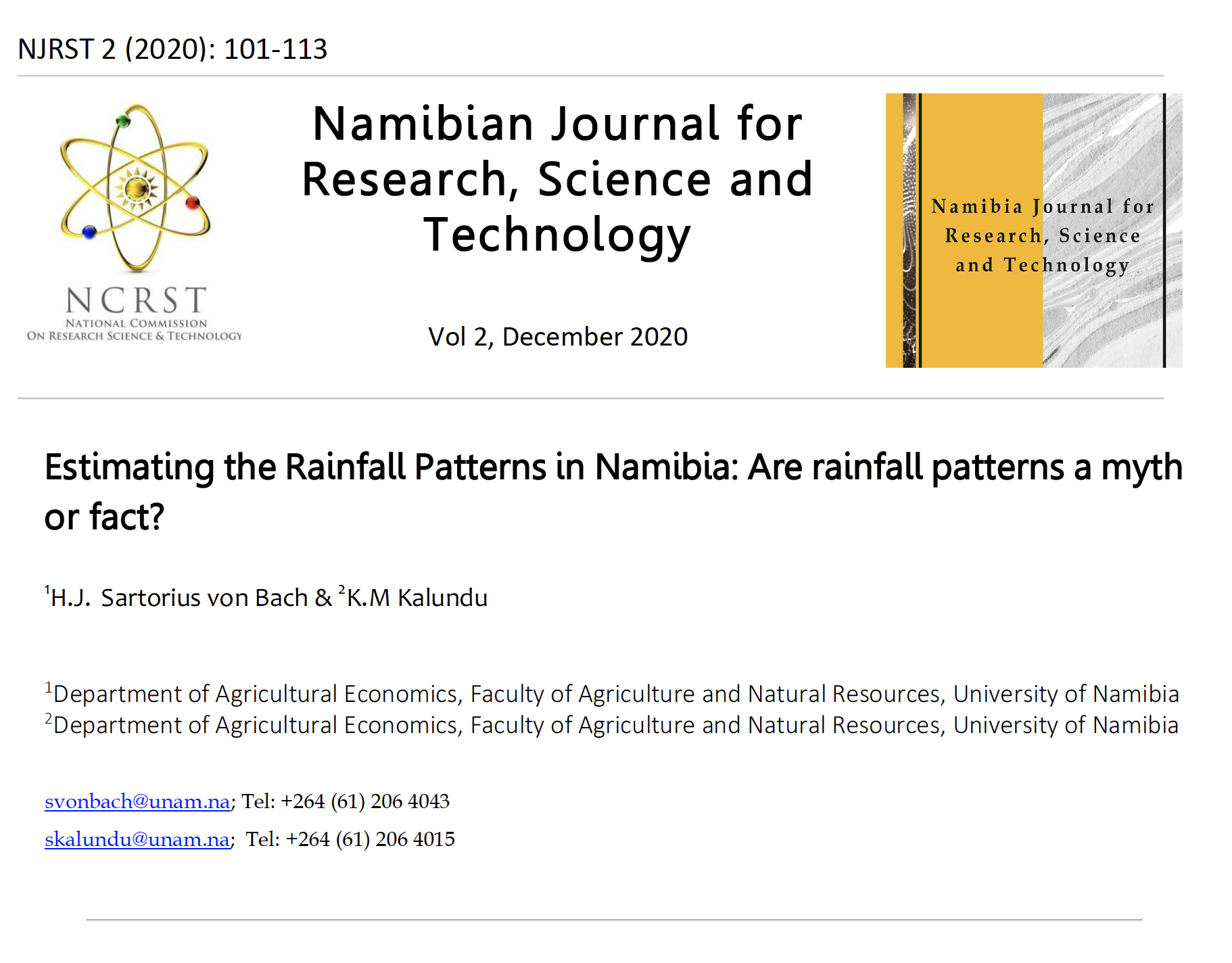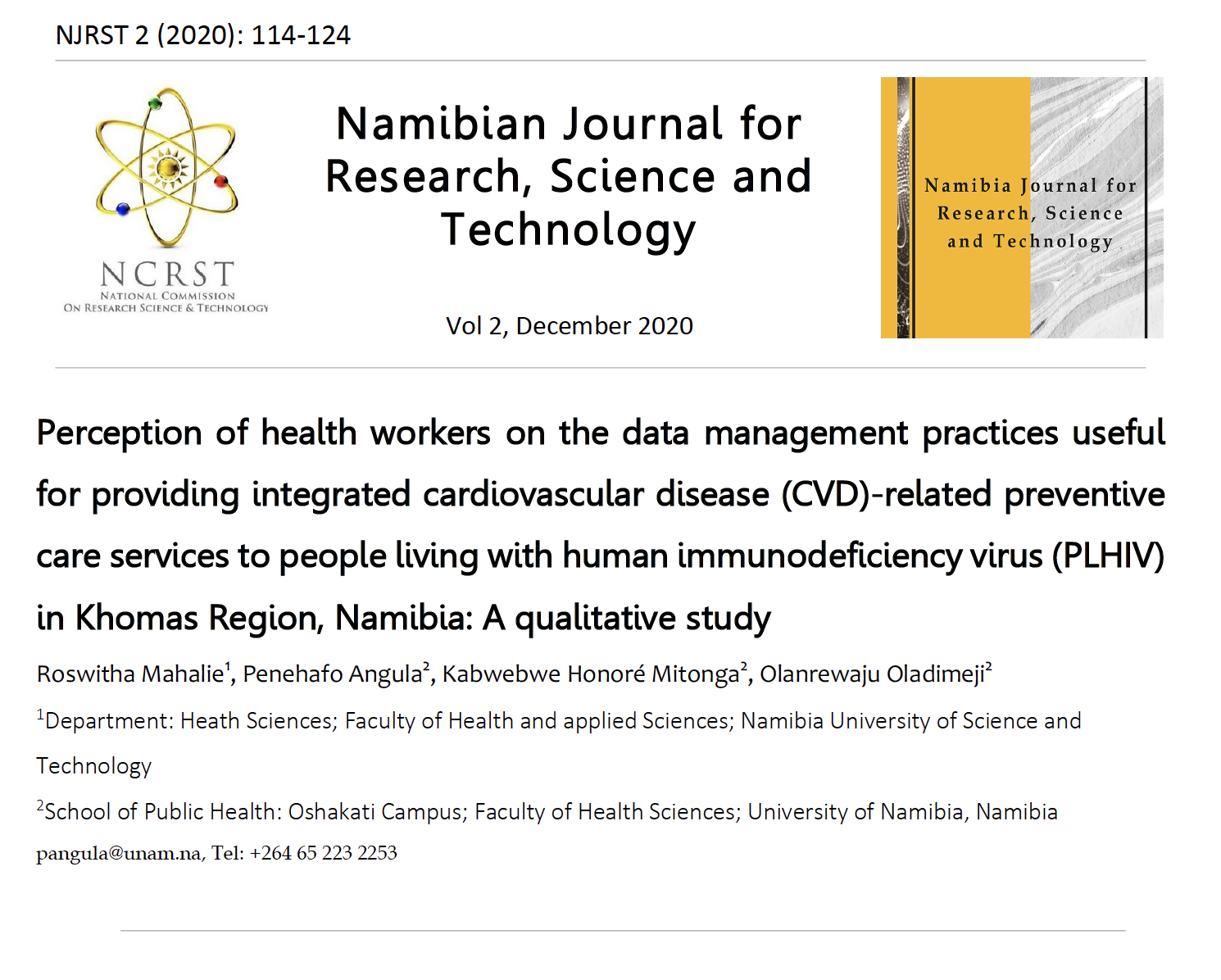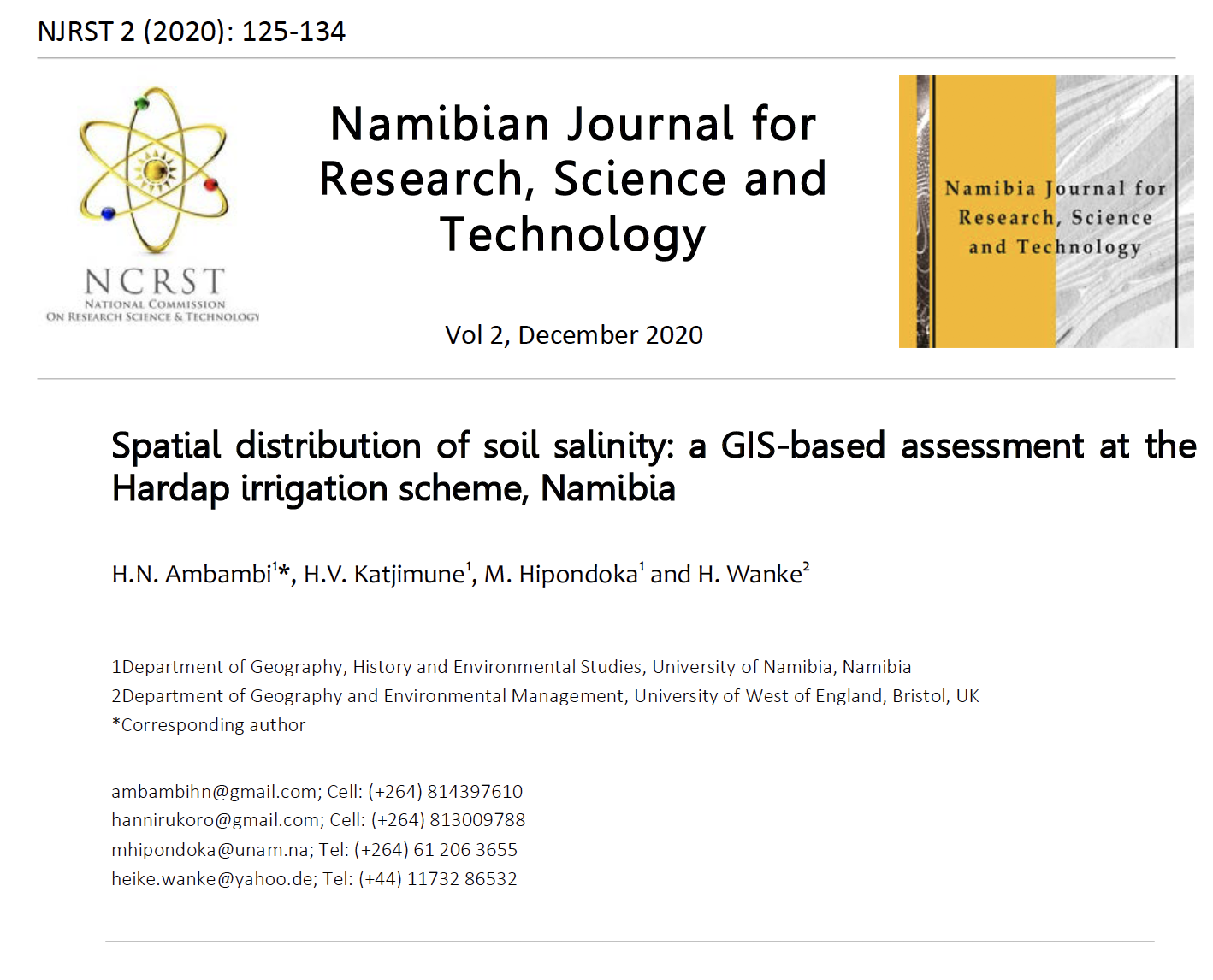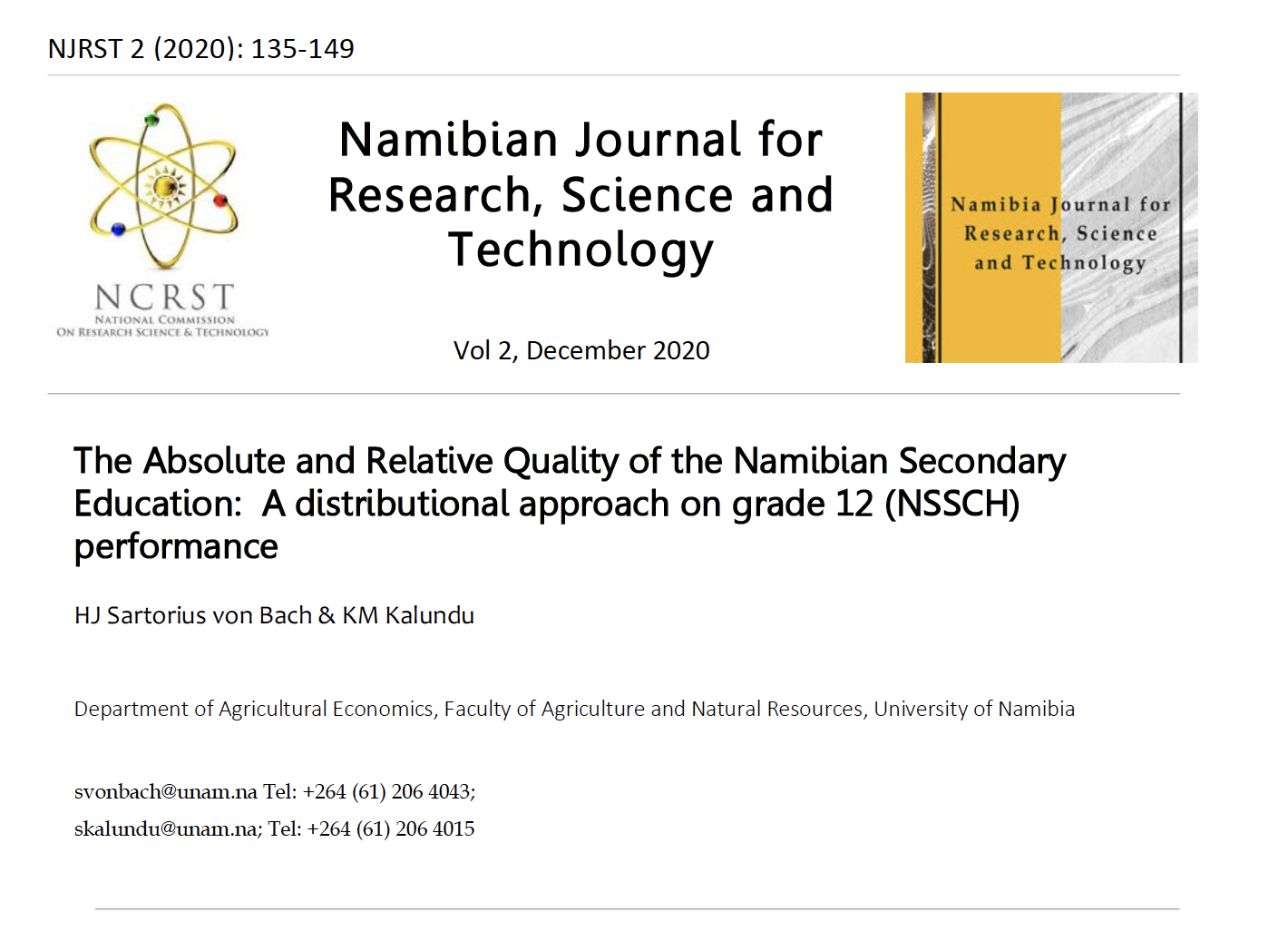Editorial
Evidence in Public Policy: Linking Research and Policy
"First, have a definite, clear practical ideal; a goal, an objective. Second, have the necessary means to achieve your ends; wisdom, money, materials, and methods. Third, adjust all your means to that end." - Aristotle
The world awoke to the a novel Covid-19 pandemic in January 2020. As we close the year in December 2020, nearly 65 million people have been infected by COVID-19. More than 1.5 million people have died worldwide due to coronavirus, more than 10,000 died on average every day. Since January 2020, more than 150 countries have responded to the coronavirus outbreak by implementing often sweeping policies aimed at containing the virus by limiting movement, encouraging social distancing and wearing of masks. As economies ground to a near halt, they added stimulus packages to soften the economic impact.
As the first wave of Covid-19 reached the African shores, governments responded by adopting similar control measures to those applied in Asia and Europe, where the surge was traumatizing. The measures ranged from school closure, travel ban and curfews, to the strictest lockdowns. Stringency varied. A Stringency Index created by Oxford University shows how strict a country’s measures were, and at what stage of the pandemic spread it enforced these. As per the Index, most African countries imposed its strictest measures much earlier than others, with the goal of suppressing community transmission. What is evident through the Stringency Index, is that African countries, unlike other developed economies, did not match stringency and stimulus packages.
What is apparent is that African countries adopted containment measures without adapting to the local context. Public health policies were not evidence based; what was missing was to link research to policy. Ghana was one of the earlier countries that realized the need to inform Covid-19 containment with a science driven approach. Lockdown was done away with within two weeks of misery on the informal traders. The Ghanaian government realized that its stringency did not match support to households who were affected by the lockdown. It could not give to families and households food aid, nor relief funds in lieu of suspended daily economic informal activities by the majority of its people to eke a living by plying their trade. There was none, as it were in most African countries.
As the second wave surges, Western governments have started reinstating lockdown measures following a period of greater freedom over the summer months. One thing is evident - African countries are not going back to hard containment policies. One thing has emerged, policies applied by African governments were not evidence driven. One thing is certain, there was need to contextualize public policy. It is likely, as the second wave returns to Africa, this time around public health policy will be science-based.
This speaks directly to what is contained in this volume. This is the second volume of NJRST. It is a good mix of research work reflecting a spectrum running from one pole of natural and allied sciences to the other pole of social sciences. The authors have demonstrated two things. First, that research has to be contextualized. Second, that research has to be contribute to policy. In other words, this volume demonstrates the core message of science for society. The few works summarized below clearly illustrate this.
In the first paper, Mosimane and Breen, adopted a thematic analysis approach with deductive analysis to postulate collective action and collective identity taken to sustain and manage Community Based Natural Resources Management (CBNRM) institutions in Namibia. The unique contribution is the blend of qualitative approach with embedded quantitative style. This study should assist in evidence- based policy through its modest contribution to
understanding the relationship between collective action and collective identity in CBNRM and similar institutions. In related work, Kahumba, examined the influence of seasonal variation and land management systems on soils and Colophospermum mopane forage mineral status in the central northern Namibia. The study found that variations between land management systems and seasons greatly affected soil and browse plant minerals. The study recommends further research into the herbaceous mineral contents of the same study areas in order to provide information on the ability of the grasses to support and maintain livestock production. In addition, future studies should also research on the correlation between mineral content of the forages (grasses and browses), the soil and the body tissues of grazing and browsing animals.
From the social sciences, Ingo Pieters investigated the relationship between job satisfaction, organizational citizenship behaviour and satisfaction with life of employees in Windhoek, Namibia. The study demonstrated that decision making, rewards, promotion and supervision should be fair and adequate. It further suggests possible interventions which could focus on the increase of incentives, salaries or benefits, and recognition through employee of the month initiatives. It concludes with a policy intervention that supervisors should receive leadership training to enhance effective leadership at the workplace. Similar to this, is the paper that explored mechanisms for assuring the quality of open and distance learning (ODL) in public higher education institution (HEI) in Namibia. The paper considered how policies can be used to enhance innovative education learning techniques. It was, therefore, found that the ODL criteria were not sufficiently and explicitly covered and that the systems were biased towards the conventional, face-to-face modes of delivery. Based on these findings, a research informed policy recommended that both HEIs and Namibia Qualification Assurance Authorities should have in place clearly and explicitly defined Quality Assurance criteria and procedures for ODL in order to adequately address the unique quality challenges faced by ODL.
Within the humanities spectrum, Adjei employed a linguistic stylistic analysis to identify the stylistic features used predominantly in selected newspaper editorials, with examples drawn from Ghanaian print media. The analysis reveals that the editorials thrive on the use of stylistic features through the use of lexical items. Among others, the study discusses that the editorial makes use of major lexical items such as nouns, adjectives, adverbs and verbs, with nouns dominating the lexical choices and adjectives the least. It adds that the use of different linguistic and stylistic features in the packaging of information is motivated and purposeful, because the features help in the interpretation and meaning of the editorial. This research has a policy implication on the teaching of English, and journalism education in general.
The above range of research demonstrates that every sphere of knowledge is different, and its use to shape policy will vary. The different policy measures to be adopted by different organisations, where they apply pose a challenge, but are to a large extent easier to use and compare if these policies over time or between organisations are research-derived and evidence based.
Prof Jairos Kangira (Chief Editor) – University of Namibia
Prof Lawrence Kazembe (Deputy Editor) – University of Namibia
Prof Sarala Krishnamurthy (Deputy Editor) – Namibia University of Science and Technology
DOI: https://doi.org/10.54421/njrst.v2i1
Published: 2020-12-11


